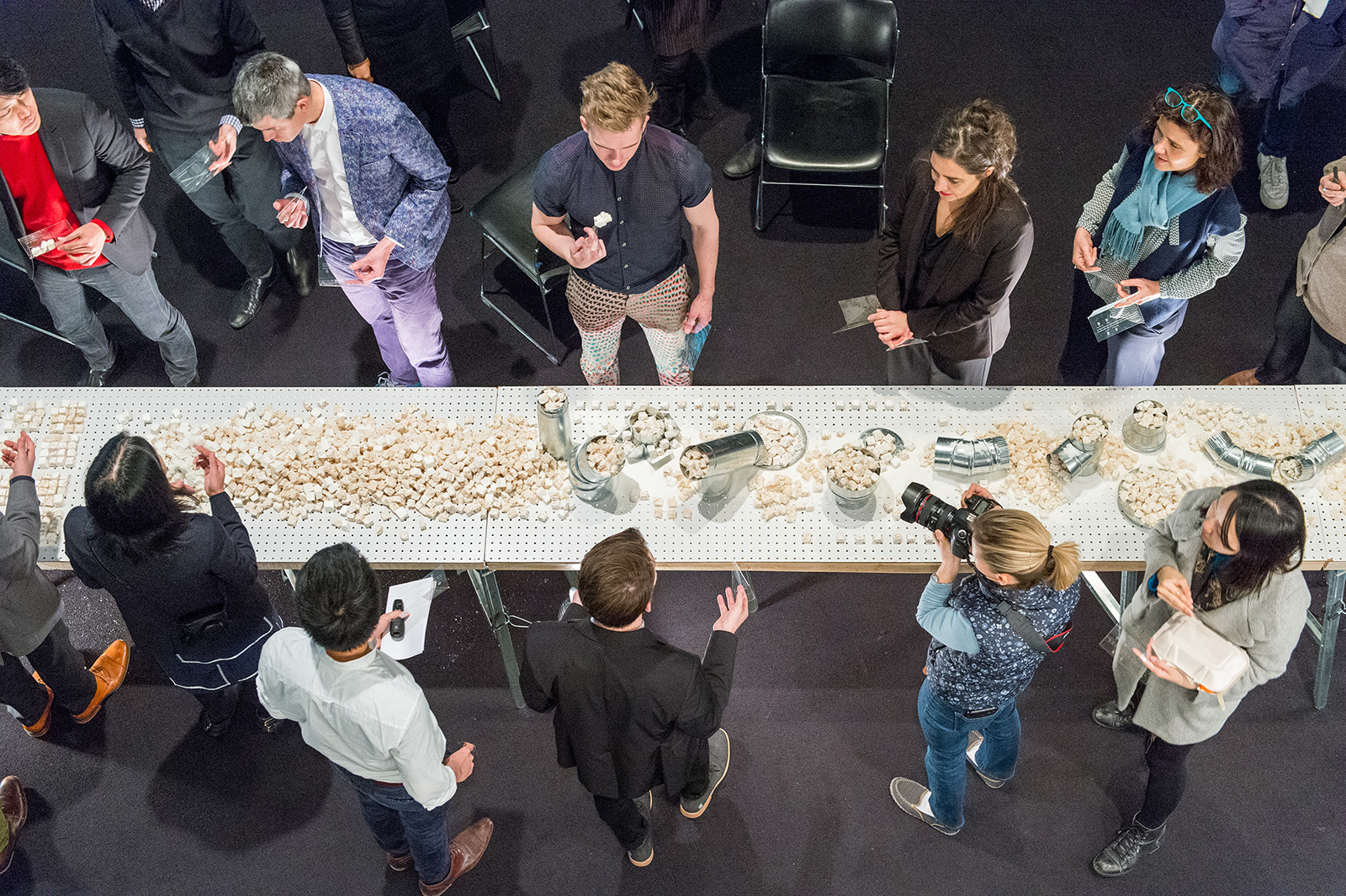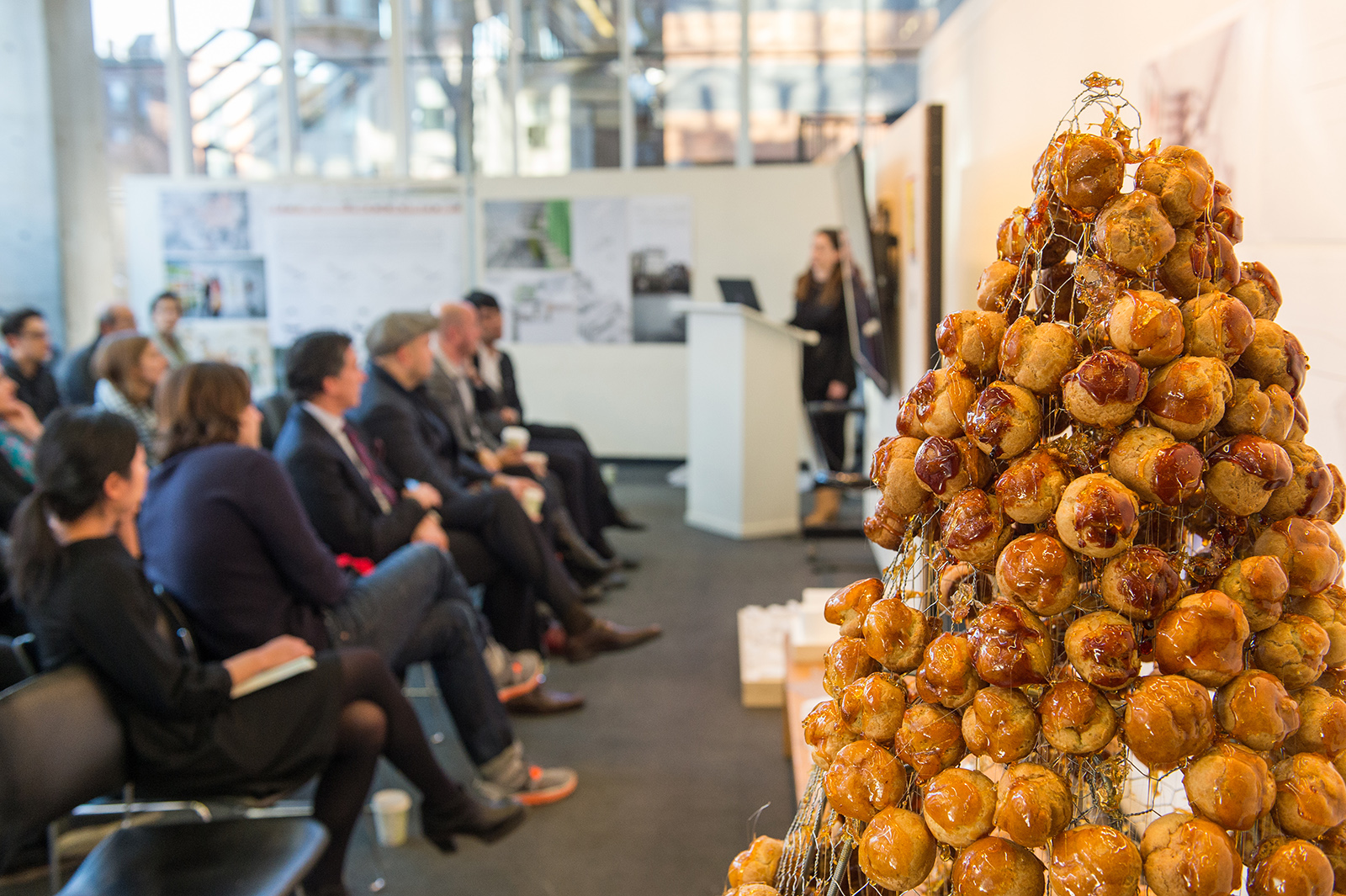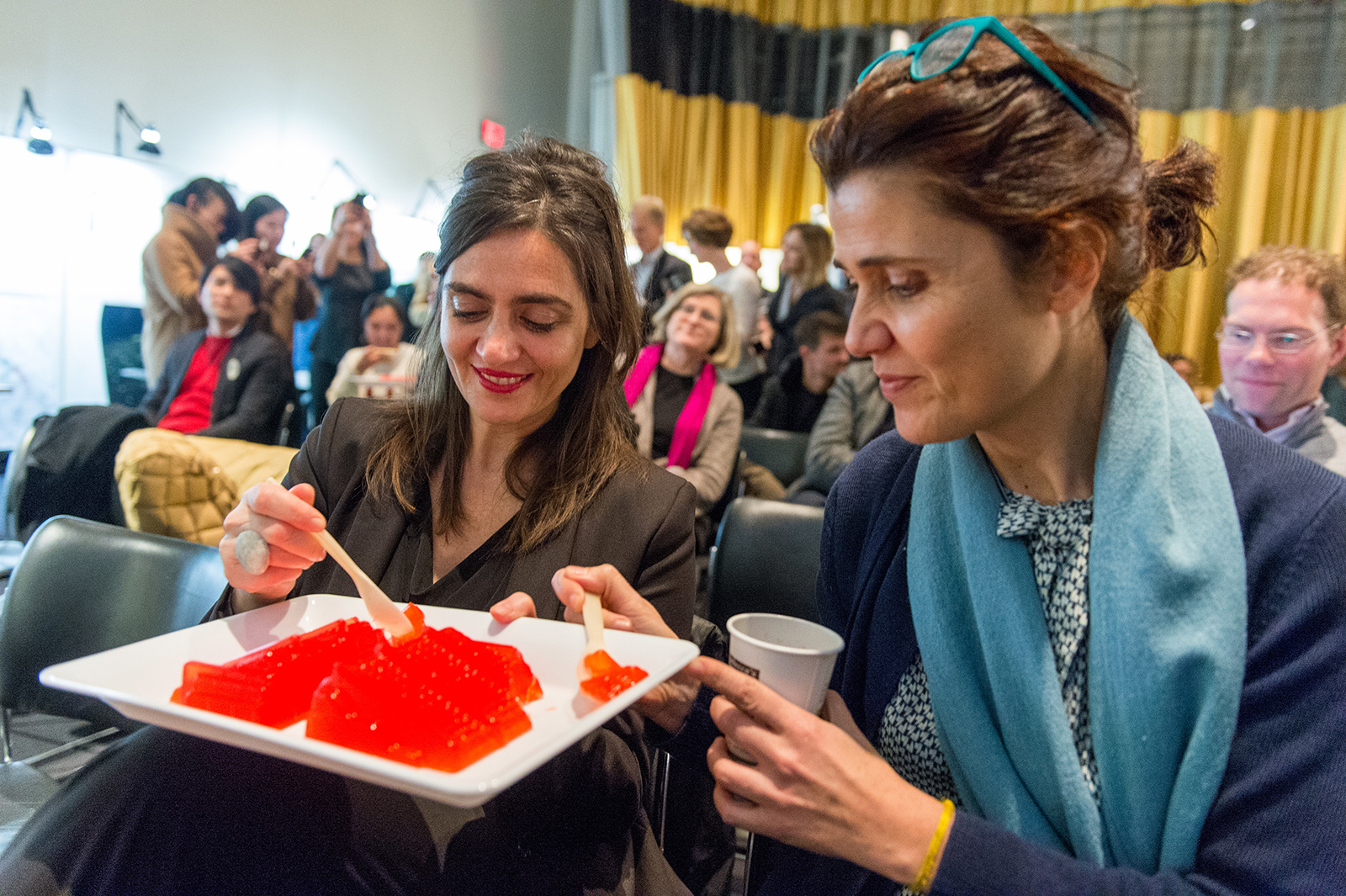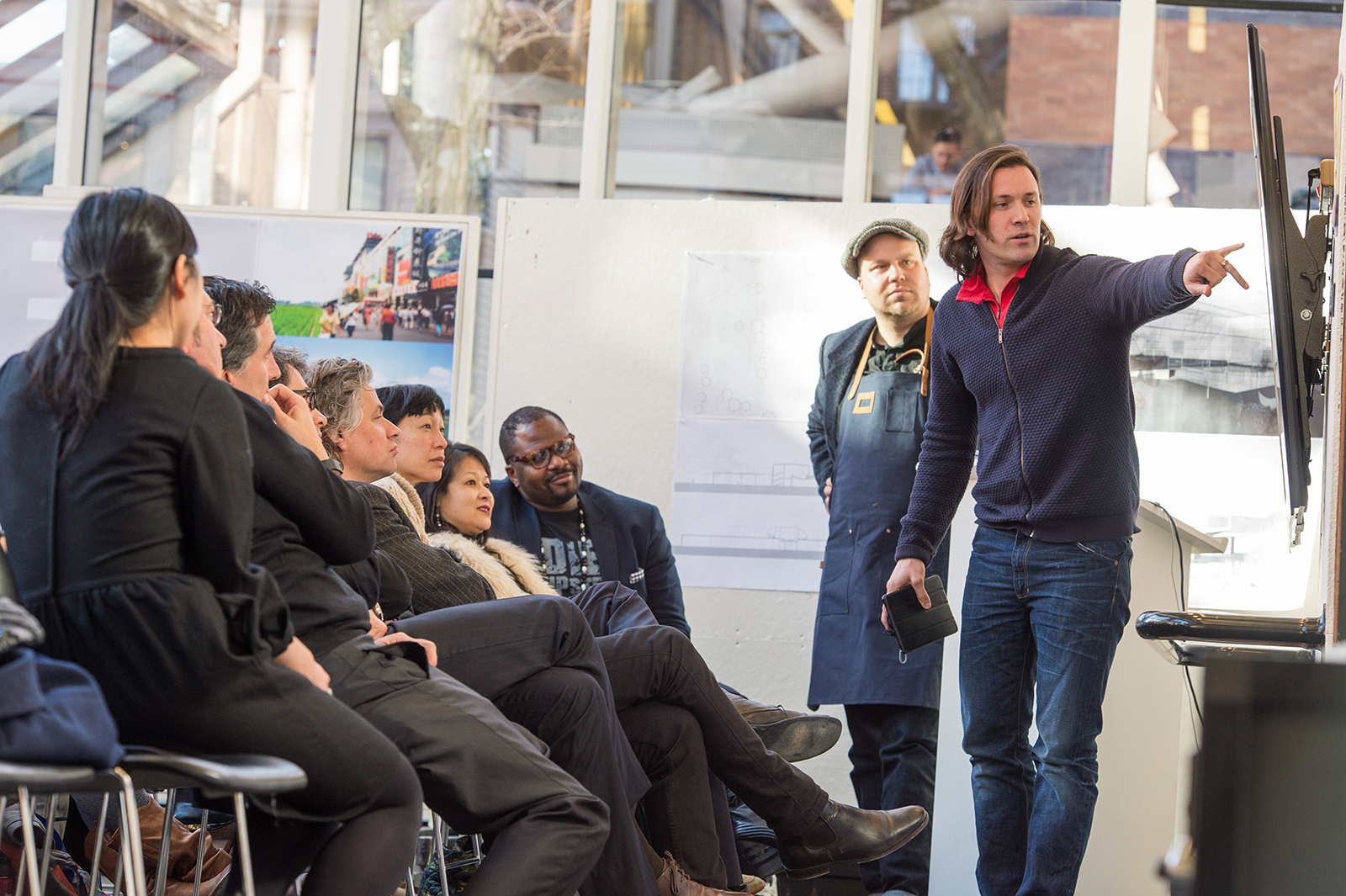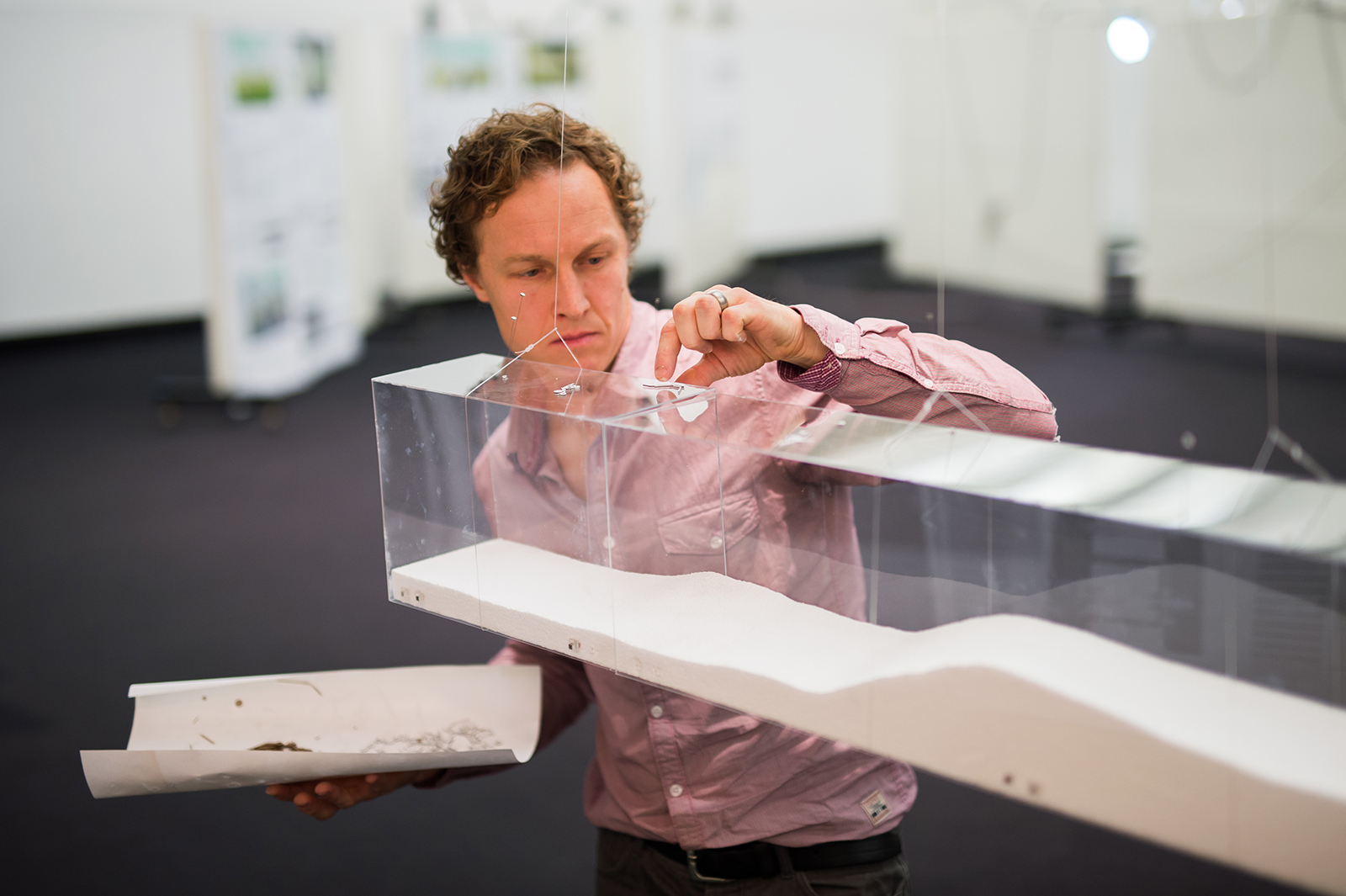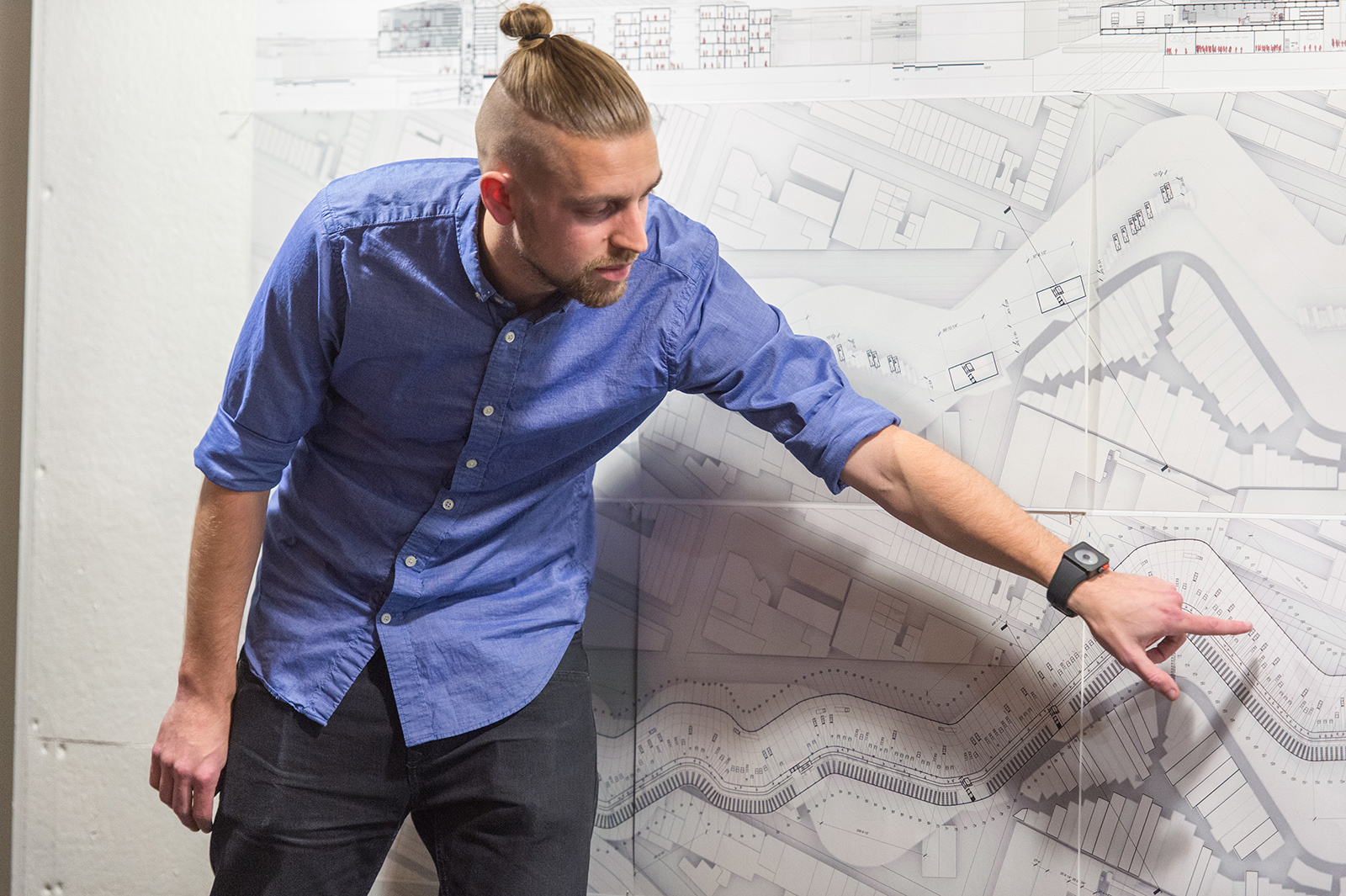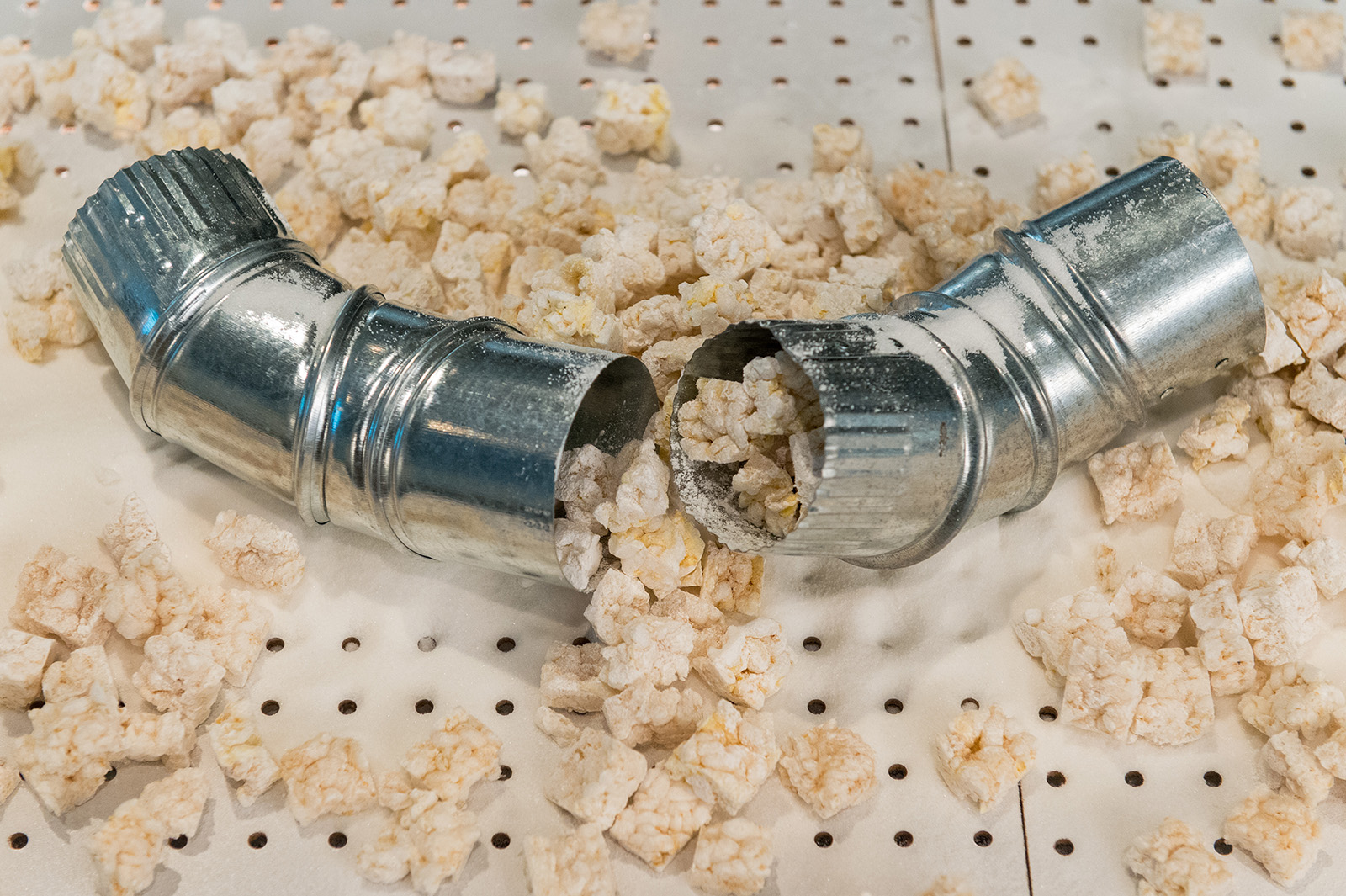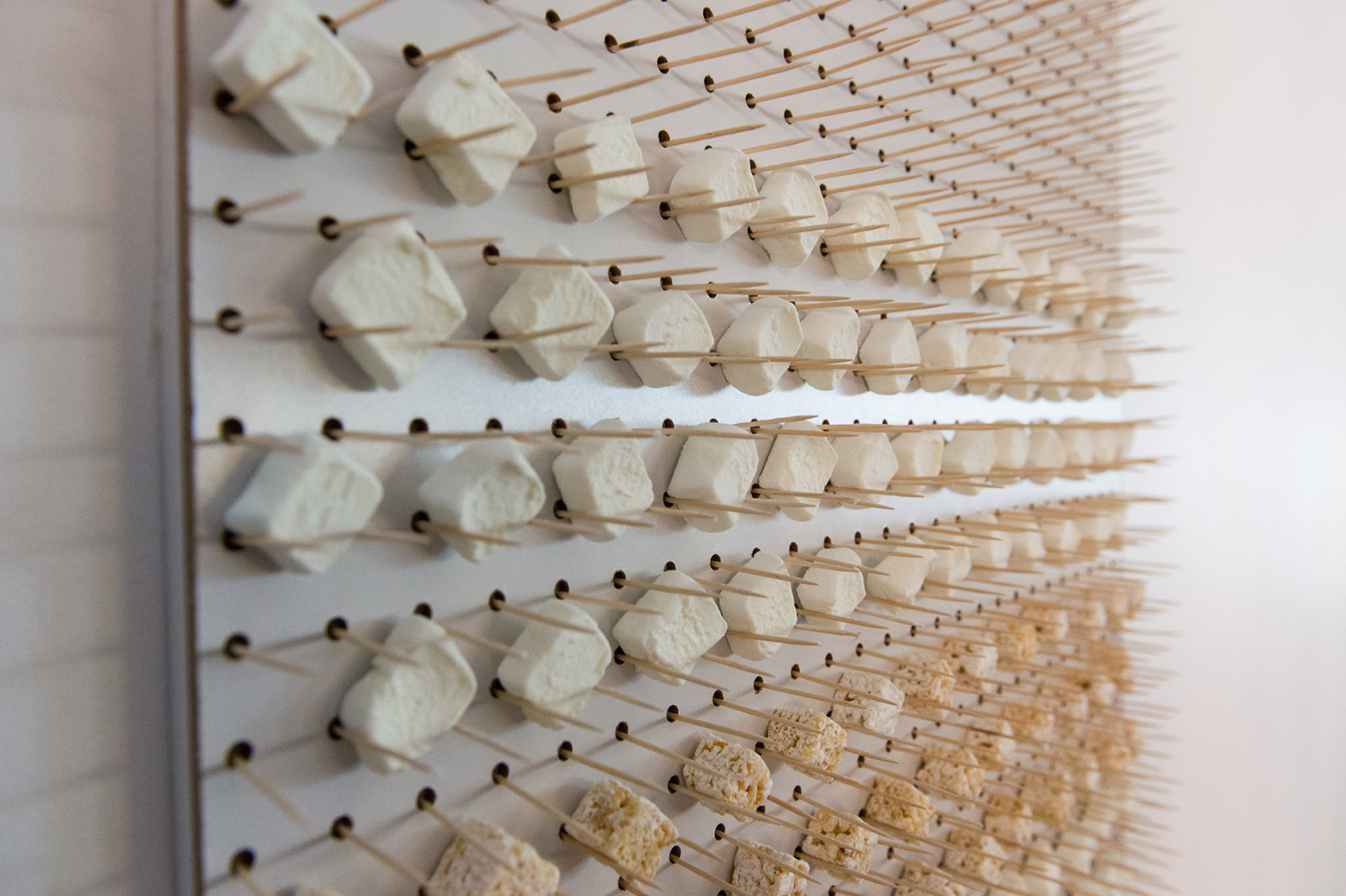Alimentary Design: The Final Course
This year, the Alimentary Design studio will address the more tacit and palpable relationship that we have to food by working closely with leading experts on highly specific architectural programs and sites. For the past two fall semesters, the studio has investigated the relationship between the alimentary, architecture, and urbanism, looking at a broad range of topics and programs. Alimentary is defined as of or relating to nourishment or nutrition. The global food and beverage industry is the largest in the world, not only because of its size but also because of the multi-scalar breadth of the industry. Food consists of the full process from farming + harvesting, post-harvesting handling, processing + warehouse, retailers + distributors, consumers, to waste. Counter to overall globalization trends towards sameness and the degradation of vernacular site-specificity, food and beverage is one industry in which diversity continues to increase. While modernism has changed urban metropolises into copies of each other worldwide, global cuisines have remained individual. Food is unique, and it is also highly relevant today, as seen in the current Expo Milano’s basic theme of “Feeding the Planet, Energy for Life”. Work from previous Alimentary Design studios is featured at the Expo as part of the American Pavilion’s presentation.
Previously, students have designed a sustainable form of vertical aquaculture in disused oil rigs; new models of urbanism based on food production and sustainability in locations like China, Australia, Madagascar, and California; an edible full scale installation of a futuristic imagining of food efficiency; and new programmatic typologies like the food hub and a floating infrastructural shipping port. This year, projects will include using a 3D food printer to consider new prototypes of edible products; working with the business accelerator FOOD-x to create architectural solutions for food-based business ventures; considering a new model of food distribution and retail in Washington, D.C.; and considering possibilities for new designs for the International Rice Genebank in the Philippines.
